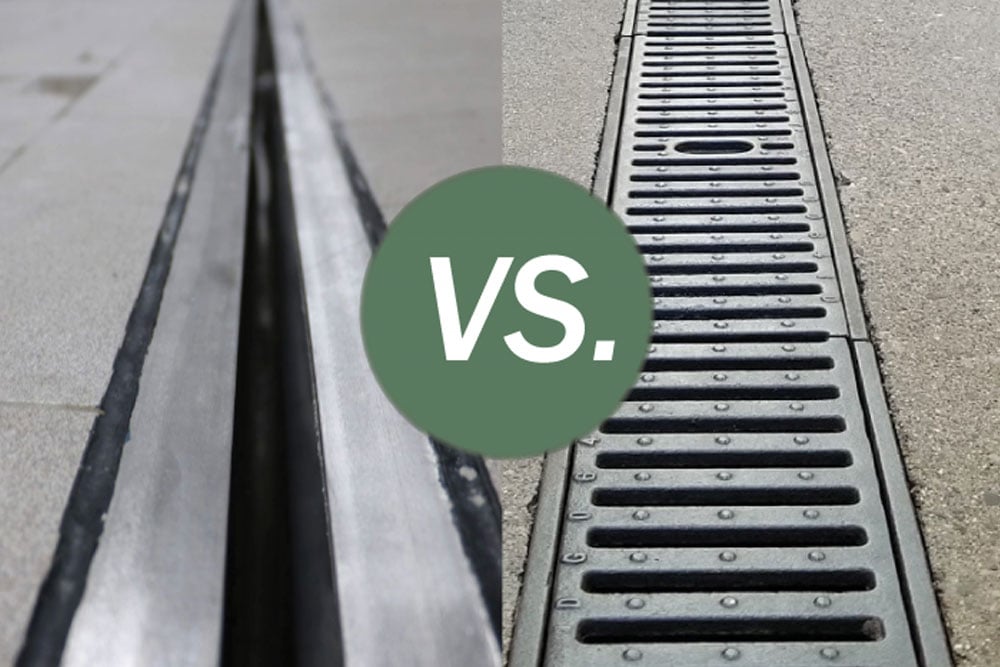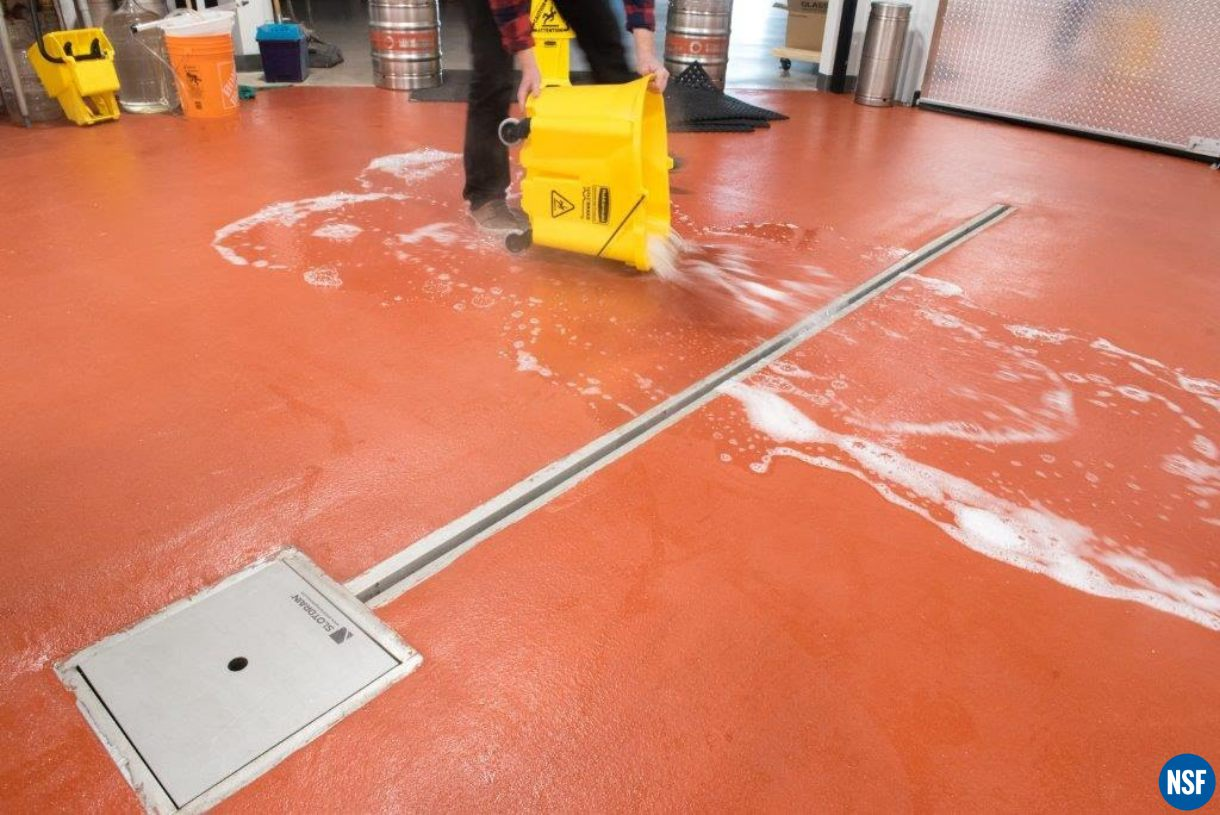New food technology trends have transformed the food and beverage manufacturing industry and associated businesses from within, leading to beneficial changes and improvements across the board. These trends aren't all technological in the traditional sense, however.
Everything from packaging techniques and materials to the equipment within facilities is part of the innovation that we can expect to see in the food and beverage industry over the next year.
Here are some exciting things to look out for.
1. Plastic-free and Smart Packaging

Photo: https://www.johnsbyrne.com/blog/5-ideas-environmentally-friendly-packaging/
For decades, many food manufacturers have used plastic in some form or another in their packaging, since it has always been the cheapest and most convenient solution. With recent advancements in the fight against climate change, however, consumer perspectives are shifting, and they’re looking to manufacturers to make some green changes.
Countries in the EU were some of the first to ban single-use plastics, with many countries around the world, including the U.S., slowly following. In some cases, companies have turned to edible and biodegradable packaging. The edible packaging uses food-grade polymers, such as seaweed, which are safe for consumption.
Biodegradable packaging is made from polymer-derived plastic that will degrade with the help of living organisms. Even if consumers choose not to eat the edible packaging, it will decay naturally over time without harming the environment.
Smart packaging, a form of “nano-packaging,” uses nanotechnology to detect microbial changes in foods, either physically or chemically. The nanotechnology used in the packaging can help determine the food item's safety and quality and if it is close to spoiling.
2. Drinks That Offer More
As nutritional research advances, people are paying more and more attention to what’s in their beverages of choice—avoiding sugary, highly processed drinks that do more harm than good.
This has led to the continuing popularity of functional beverages like kombucha and similar health drinks that boast various benefits. Beyond the prebiotic- and probiotic-rich drinks available, you can expect to see an increase in other functional beverages over the next year, including omega-3-enriched dairy beverages and other fermented drinks.
3. Advanced Computerized Technology
Continued advancements in computerized food processing technology have cemented automation and autonomous equipment as integral to the food production and processing industry. As demand continues to soar along with costs, automation is helping to decrease production time while increasing output.
One automated piece of machinery gaining popularity is the robotic butchery machine, which helps speed up the process. Having these automated machines also creates a safer facility by minimizing the impact on workers of handling potentially dangerous tools and machinery.
4. A Modern Drainage System
.png?width=2048&name=pasted%20image%200%20(28).png)
New types of drainage systems offer improved safety and sanitation throughout food and beverage processing facilities.
As an example, the Slot Drain puts a modern twist on the traditional trench drain system with its grateless design that is built pre-sloped to prevent standing water and bacterial growth.
The 10,000 Series Slot Drain system is made from highly durable, food-grade stainless steel, making it temperature-, corrosion-, odor-, and bacteria-resistant. The system can withstand heavy flow rates, as well as heavy forklift traffic, with a Load Class E rating for heavy duty equipment.
Best of all, Slot Drain is quick and easy to clean and maintain and offers automated cleaning options like Flush-Flo and clean-in-place considerations.
5. Modernization of Old Processing Techniques
The food industry is seeing a return to tried and true processing methods, but with updated technology and other improvements. Fermentation is one technique in particular that has seen a strong revival, with the ever-growing popularity of fermented foods and beverages.
The original and ancient fermentation method involved mixing decaying fruit with things like wild rice and saliva in bowls, where they were left to ferment in small batches. Over the centuries, we learned how to streamline the fermentation process and take out some of the less desirable ingredients.
Now, technology has made large-batch fermentation even safer and easier, with precision temperature controls, advanced analysis implements,and other equipment that is helping meet the growing demand for these products in a safe manner.
6. A Focus on Transparency and Trust
Large-scale recalls over the last 30 years have led to a decline in trust between consumers and the food industry. Another trend you can expect to see over the next year is members of the upper echelon of the food industry working to regain customers' trust, realigning their values, and being more transparent overall.
It is the continued success of smaller e-commerce-based food and beverage brands that will push these bigger brands to do more in terms of corporate social responsibility in order to remain competitive.
The use of new technologies like blockchain and traceability enablers will help companies continue to improve on themselves and their reputation by tracking product origins and quality more carefully on top of the myriad other tactics manufacturers can employ to become more trustworthy in the eyes of their consumers.
7. The Use of Forward Osmosis
In food processing plants, the concentration process helps keep food products fresh long enough for them to reach consumers. Research in this area has been carried out by Australia's CSIRO organization, with help from a U.S. membrane technology company. The two entities have worked together to create a new preservation processing using membrane technology to concentrate liquids in a process called “forward osmosis.”
Forward osmosis is a “gentler” process by which to concentrate food, using less energy and no heat. This also helps food to naturally retain more of its nutrients such as proteins and vitamins throughout processing. The end result is a higher-quality product compared to those made using traditional concentration methods.
8. Plant-based, Animal-free Products
The popularity of plant-based, animal-free meat alternatives has absolutely exploded over the last few years, due largely in part to concerns over climate change, questions about the ethics of factory farming, and health trend after health trend.
These animal-free foods have been around for a few years, but it is only recently that they've become more commonplace, thanks to brands like Beyond Meat and Impossible Foods. 2021 should see new players enter the market, as well as a wider array of product offerings.
New Year, New Trends
Food technology trends are constantly evolving, with each new year bringing new trends and advancements. No matter how small a change may seem, it can have a significant and lasting impact on the market.
Drainage questions?
Improve your food facility today with a drainage system specifically designed for your needs. Check out the products at FoodSafe Drains today or contact one of our experienced drainage experts for more information.


